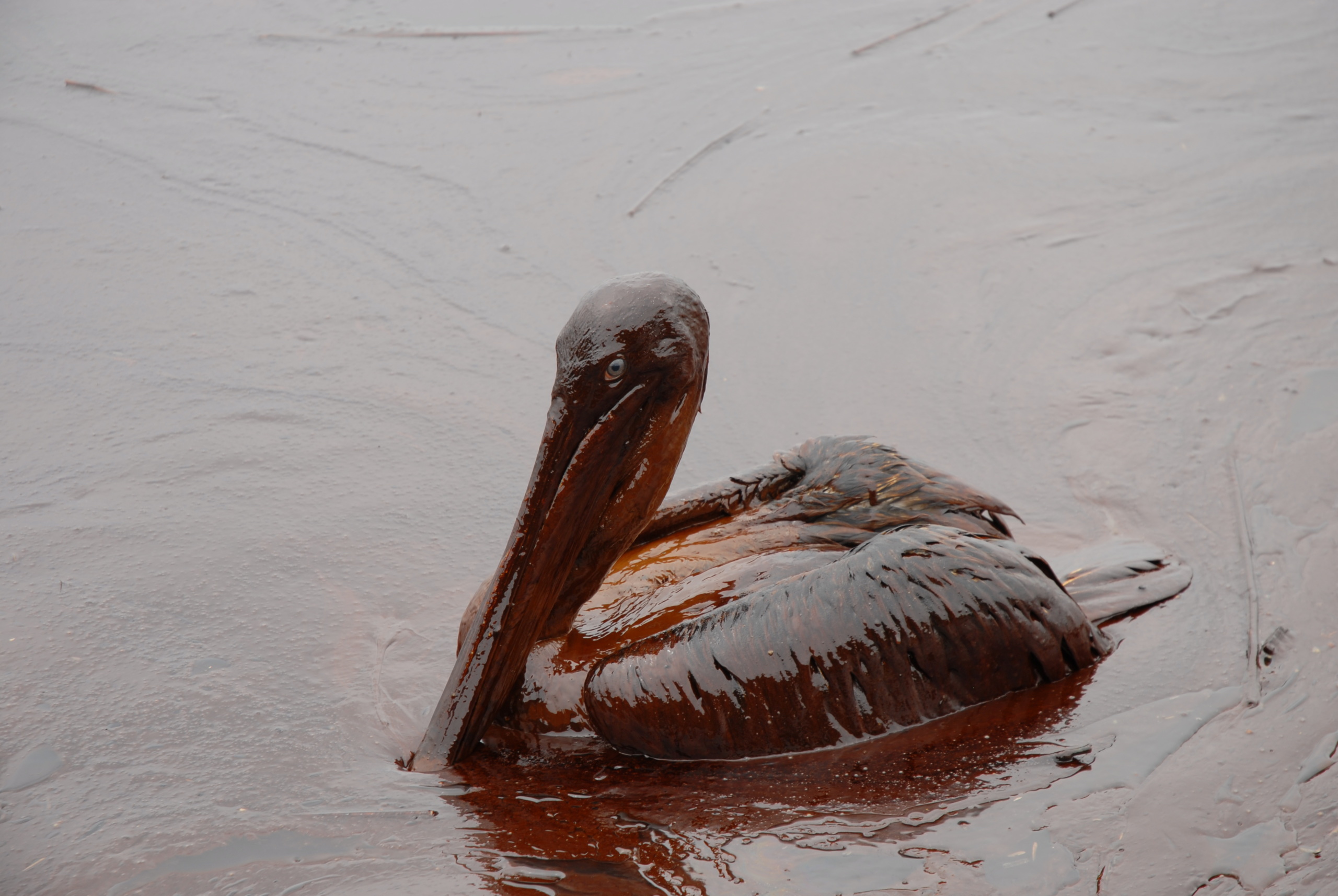Offshore oil development at its lowest rate this century
A new analysis indicates offshore oil and gas development is trending downward, and that's a very good thing.
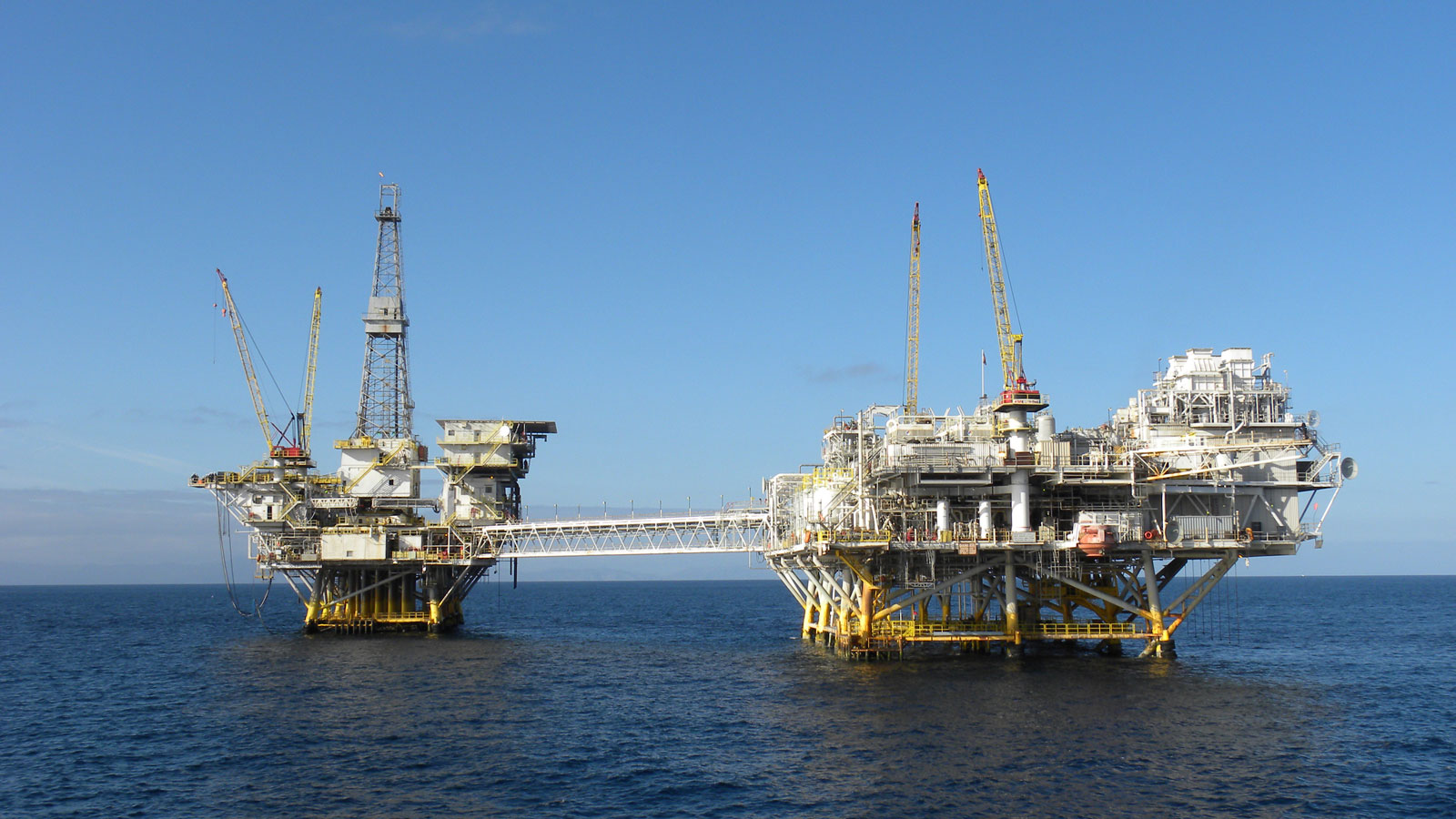
Last month, the Biden administration released its five-year offshore oil and gas leasing plan. It calls for three future lease sales in the Gulf of Mexico (and nowhere else), one in 2025, 2027 and 2029. While we were pushing for a number lower than three, this is the fewest number of leases in a five-years plan ever.
Additionally, a recent analysis of other data shows that the number of permitted oil and gas development areas in the Gulf of Mexico has declined steadily over the years and is now also at an all time low. For context, oil companies first bid on and win a lease, then get a series permits (or decide not to drill on a particular lease).
There’s some combination of government action (e.g. fewer leases available) and industry decisions (not applying for permits) that gives us hope that our nation is beginning to turn away from offshore drilling. If so, that’s a very good thing.
We’ve known for a long time that oil exploration and development is a dirty and dangerous practice. Think Deepwater Horizon, Exxon Valdez, and the old, abandoned pipes along the ocean floor.
Not only does a spill or leak foul our beaches, but it can make for an unlivable environment for dolphins, whales, seabirds, sea turtles and more.
Now is the time to get off fossil fuels and shift towards more renewable forms of energy, and in our recent Renewables on the Rise report, it’s clear just how achievable that clean energy future is becoming.
See the Campaign
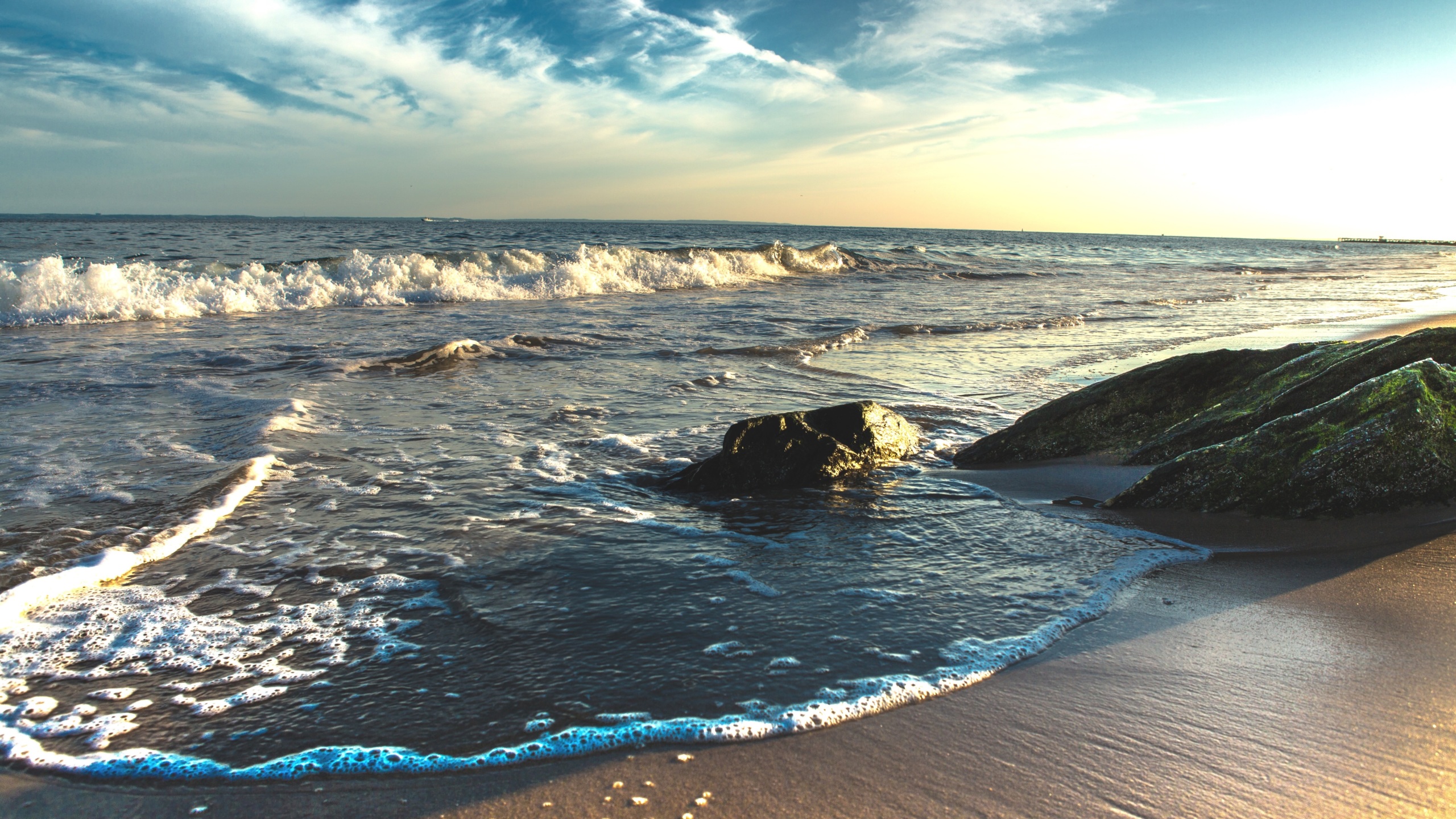
Protect Our Oceans
Topics
Updates
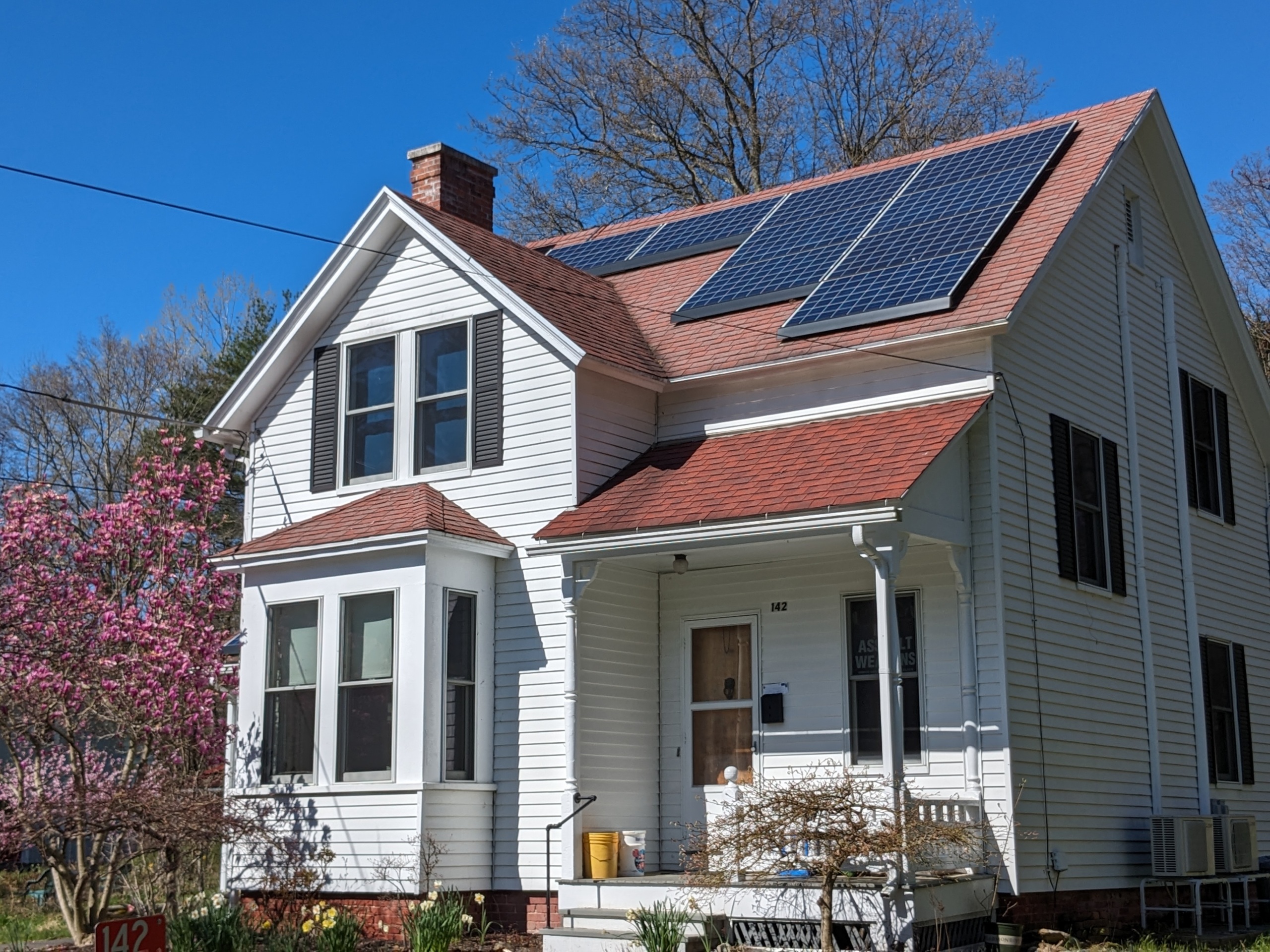
New grant program to help cut red tape for rooftop solar in Illinois
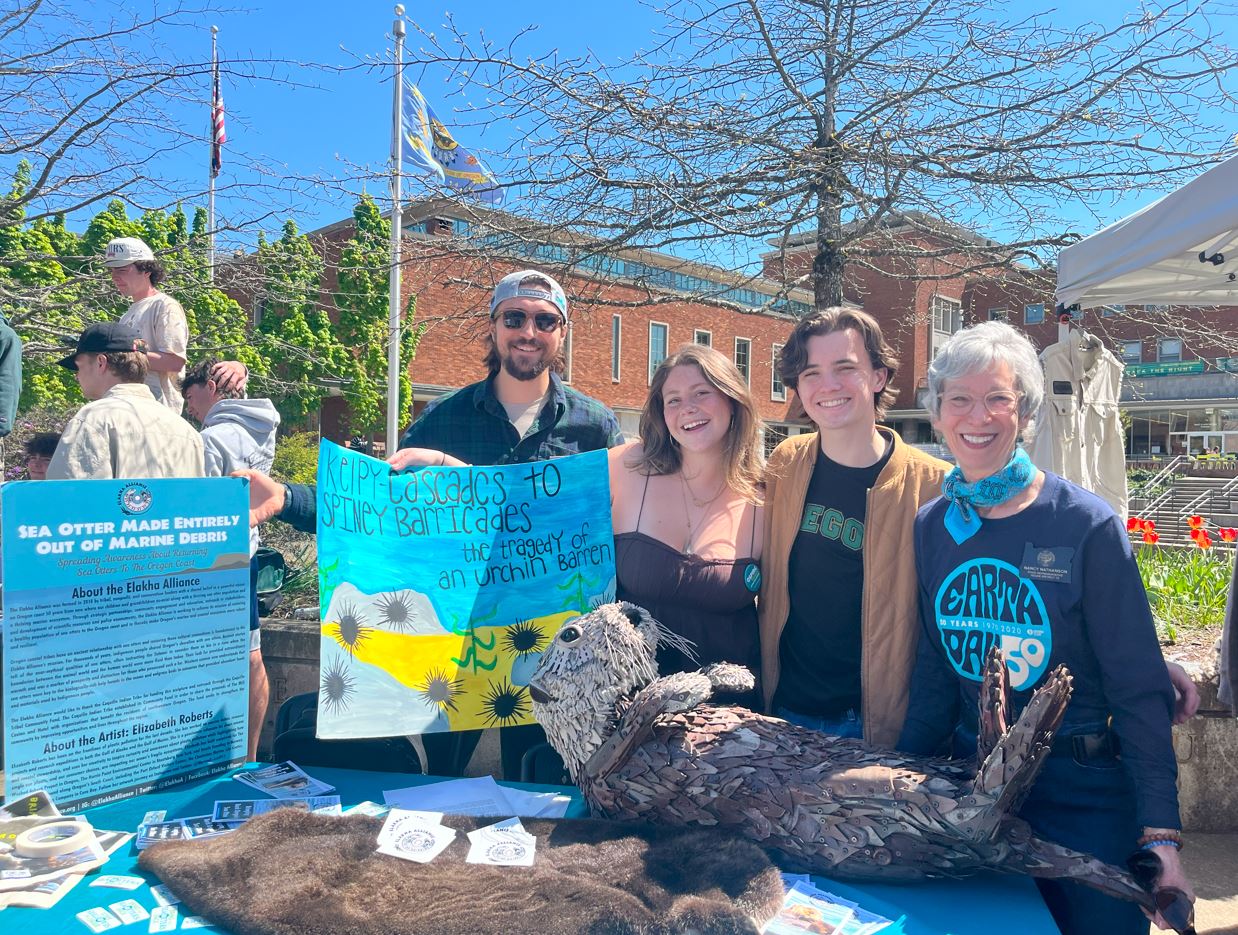
Oregon students want to bring sea otters back
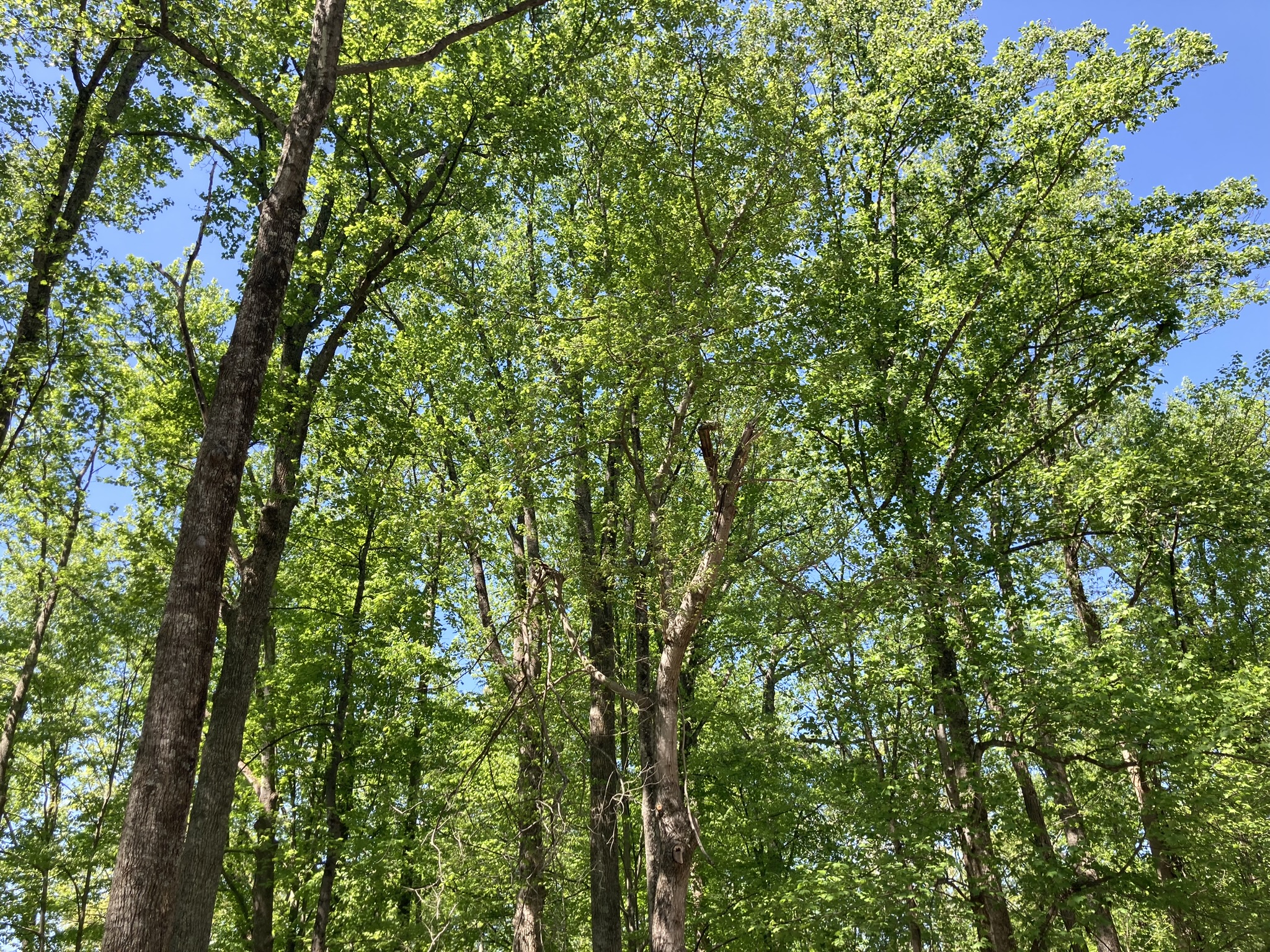
Biden marks Earth Day with visit to Prince William Forest Park
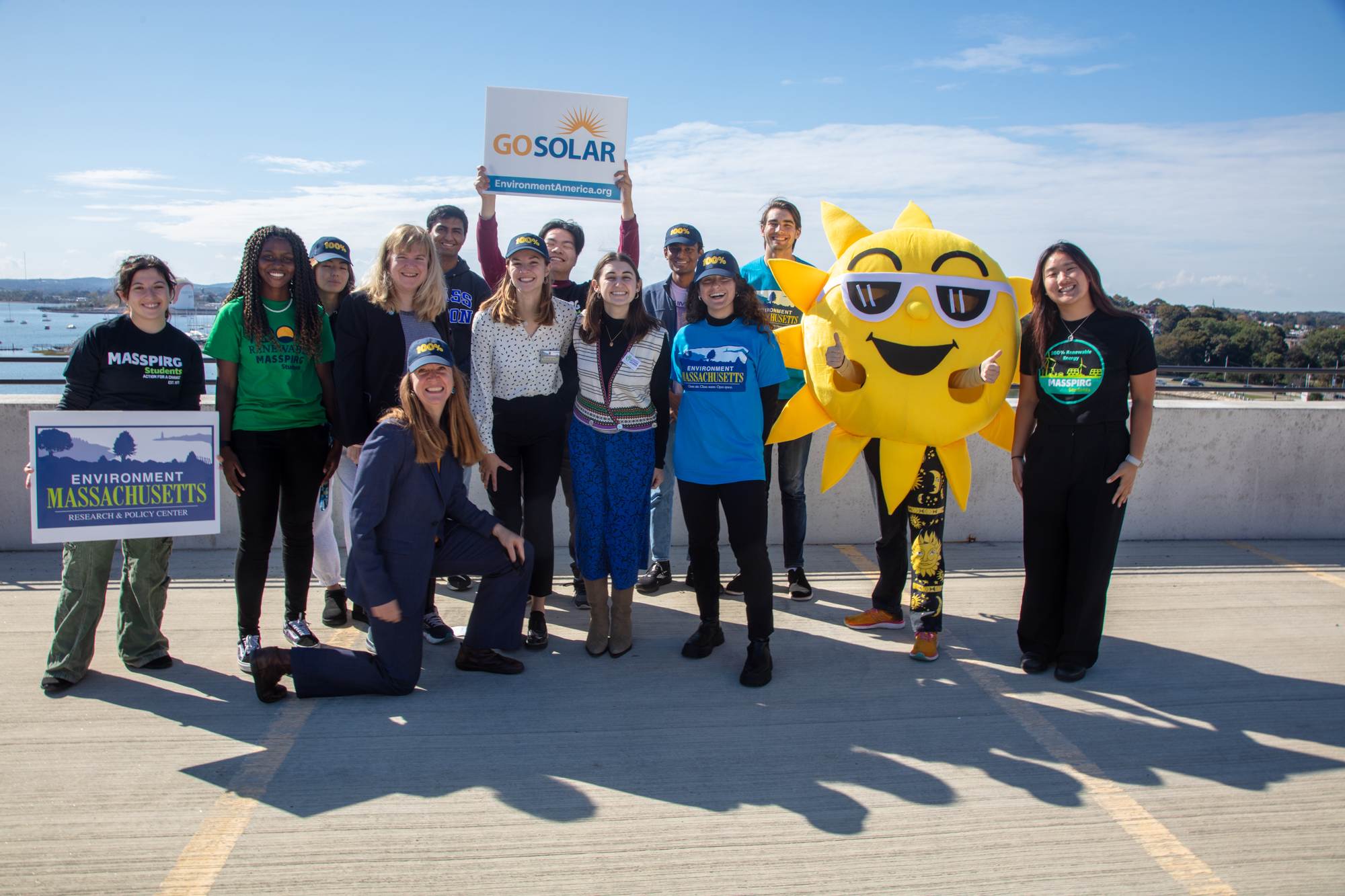
Solar energy in Massachusetts gets boost


